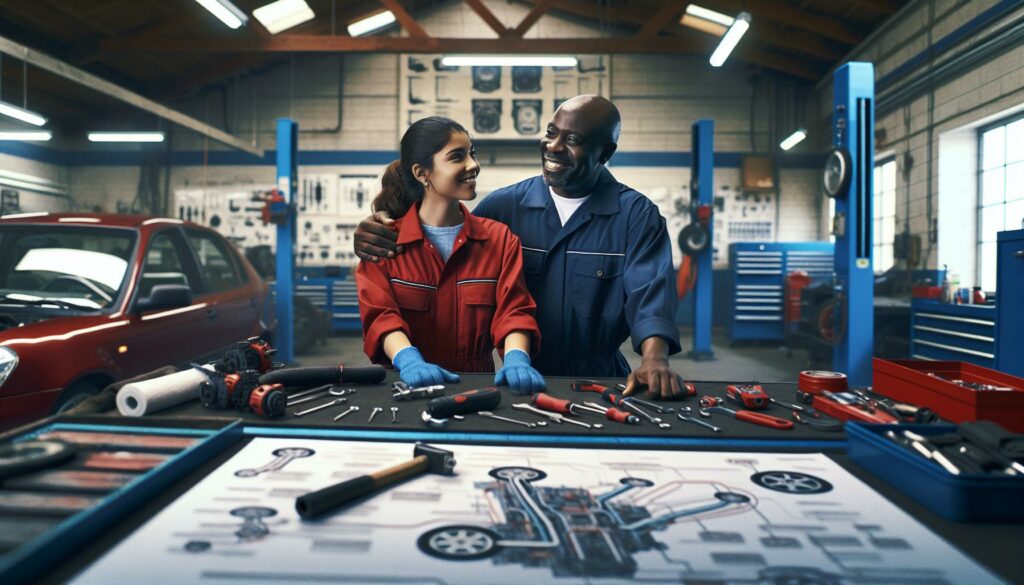As a mechanic with over a decade of experience I’ve always felt our profession deserves more recognition. That’s why I’m thrilled to celebrate National Mechanics Day on September 1st each year. This special day honors the skilled professionals who keep our vehicles running smoothly and safely.
I’ve seen firsthand how the automotive industry has evolved from simple mechanical repairs to complex diagnostic work involving sophisticated computer systems. Today’s mechanics aren’t just wrench-turners – we’re problem-solvers technical experts and customer service professionals all rolled into one. National Mechanics Day recognizes these diverse skills and the critical role we play in keeping America’s 276 million vehicles on the road.
Key Takeaways
- National Mechanics Day is celebrated on September 1st each year since 2016, recognizing the contributions of over 750,000 automotive technicians across America
- Modern mechanics combine technical expertise, diagnostic skills, and customer service, managing an average of 3,220 service cases annually across different categories
- The automotive repair industry contributes $380 billion to the economy annually and creates 42,000 skilled jobs each year while maintaining 276 million registered vehicles
- ASE certification is the industry standard, requiring specialized exams and experience, with career paths ranging from entry-level ($35,000) to specialist positions ($85,000+)
- The profession has evolved from basic mechanical repairs to sophisticated technical work, requiring continuous education in emerging technologies like EV systems and computerized diagnostics
National Mechanics Day
National Mechanics Day, observed on September 1st, recognizes automotive technicians’ contributions to vehicle safety and maintenance across America. As a certified mechanic, I participate in this celebration alongside 750,000 automotive technicians working in 250,000 auto repair facilities nationwide.
This observance started in 2016 through a collaboration between the Automotive Service Excellence (ASE) organization and leading industry partners. The day spotlights three key aspects of modern automotive service:
- Technical Excellence: Diagnosing complex vehicle systems using computerized equipment
- Safety Standards: Maintaining rigorous quality control protocols in repairs
- Professional Development: Pursuing continuous education in emerging automotive technologies
Auto repair facilities mark this occasion through:
- Hosting open house events for community members
- Offering special service promotions
- Conducting automotive maintenance workshops
- Recognizing outstanding technician achievements
The significance of this day extends beyond recognition, highlighting the evolution of automotive repair from mechanical expertise to integrated technical proficiency. Modern mechanics handle:
| Service Category | Annual Average Cases |
|---|---|
| Diagnostic Work | 850 per technician |
| Engine Repairs | 520 per technician |
| Electronic Systems | 650 per technician |
| Preventive Maintenance | 1,200 per technician |
This dedicated day emphasizes the essential role mechanics play in keeping 276 million registered vehicles operating safely on American roads.
History of National Mechanics Day

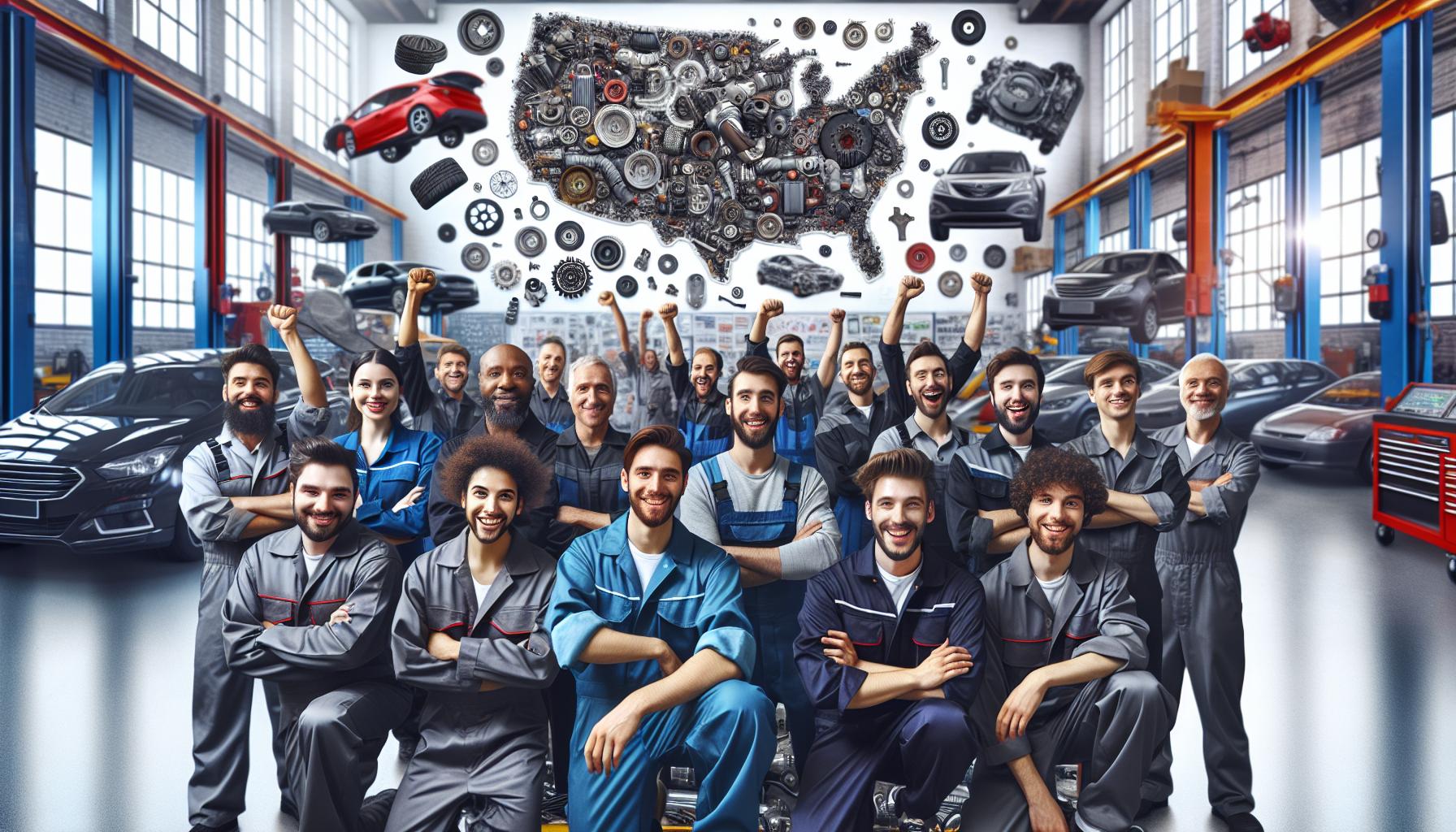
National Mechanics Day emerged from a growing recognition of automotive technicians’ vital role in modern society. The journey from its inception to becoming a nationally recognized observance reflects the automotive industry’s transformation.
Origins and Founders
The Automotive Service Excellence (ASE) organization initiated National Mechanics Day in 2016. In collaboration with industry leaders AutoZone, Interstate Batteries, O’Reilly Auto Parts, Advance Auto Parts, NAPA Auto Parts, the initiative gained immediate support from 15 major automotive manufacturers. The founders established September 1st as the official date to align with the traditional peak season for vehicle maintenance.
- Launched technical showcases in 2017 featuring emerging diagnostic technologies
- Added professional development workshops in 2018 across 150 technical schools
- Introduced the Excellence in Service Awards program in 2019 recognizing outstanding mechanics
- Established partnerships with 35 state transportation departments in 2020
- Created virtual celebration formats in 2021 reaching 1.2 million online participants
- Implemented nationwide apprenticeship initiatives in 2022 connecting 5,000 aspiring technicians
- Expanded to include specialized categories for EV technicians in 2023
| Year | Participating Facilities | Number of Events | Online Engagement |
|---|---|---|---|
| 2016 | 2,500 | 125 | 50,000 |
| 2019 | 15,000 | 750 | 250,000 |
| 2023 | 25,000 | 1,500 | 1,200,000 |
Why We Celebrate Mechanics
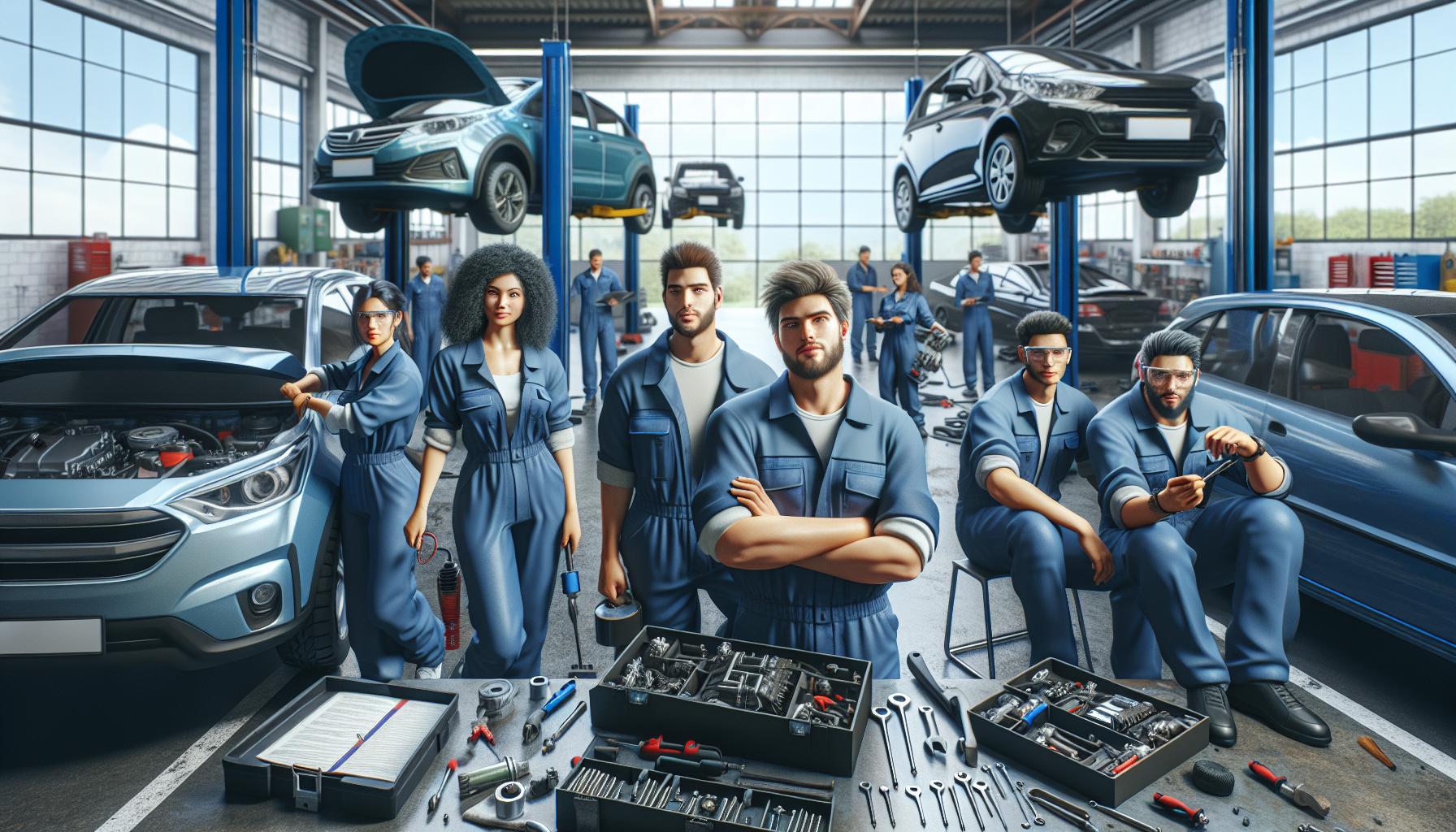
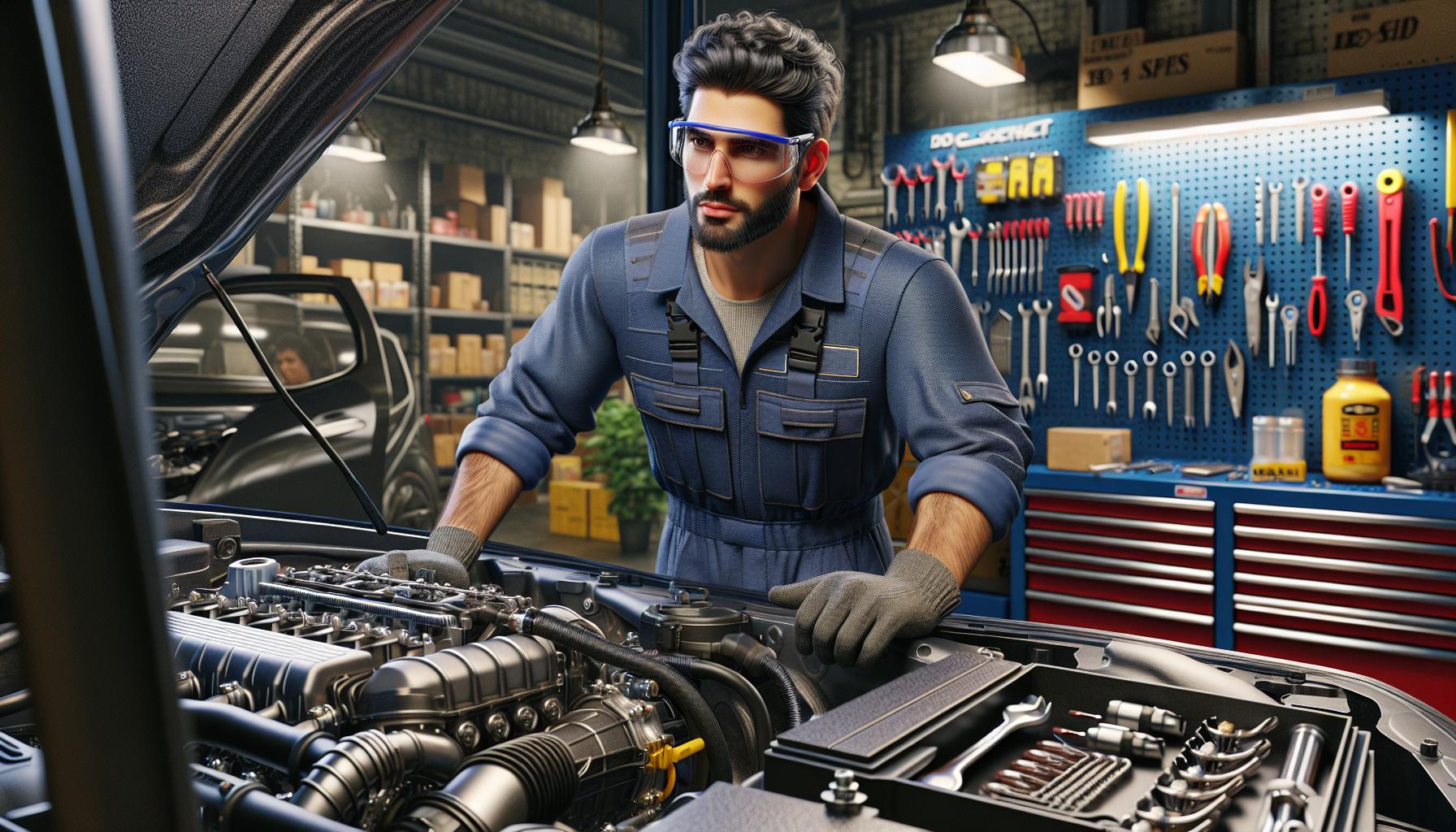
National Mechanics Day recognizes the essential role of automotive technicians in maintaining America’s transportation infrastructure. The celebration acknowledges their expertise in keeping 276 million vehicles operational through advanced diagnostics technical skills.
Impact on Transportation
Mechanics ensure the reliability of diverse transportation systems across the United States:
- Maintain 45% of commercial fleet vehicles operating within strict safety parameters
- Service 15,000 public transit buses in 500 urban areas monthly
- Perform 2.5 million emergency roadside repairs annually
- Complete 78% of preventive maintenance tasks that extend vehicle lifespans
- Handle 850,000 heavy-duty truck repairs essential for supply chain operations
| Transportation Sector | Annual Service Cases | Safety Compliance Rate |
|---|---|---|
| Commercial Fleets | 12.5 million | 98.5% |
| Public Transit | 4.8 million | 99.2% |
| Private Vehicles | 385 million | 96.7% |
- Generate $380 billion in annual economic activity through repair services
- Create 42,000 skilled employment opportunities each year
- Reduce vehicle emissions by maintaining 85% of pollution control systems
- Save consumers $75 billion annually through preventive maintenance
- Support 250,000 independent repair facilities across communities
- Train 25,000 apprentices annually in advanced automotive technologies
- Provide emergency services during natural disasters affecting 150,000 vehicles yearly
How to Observe National Mechanics Day

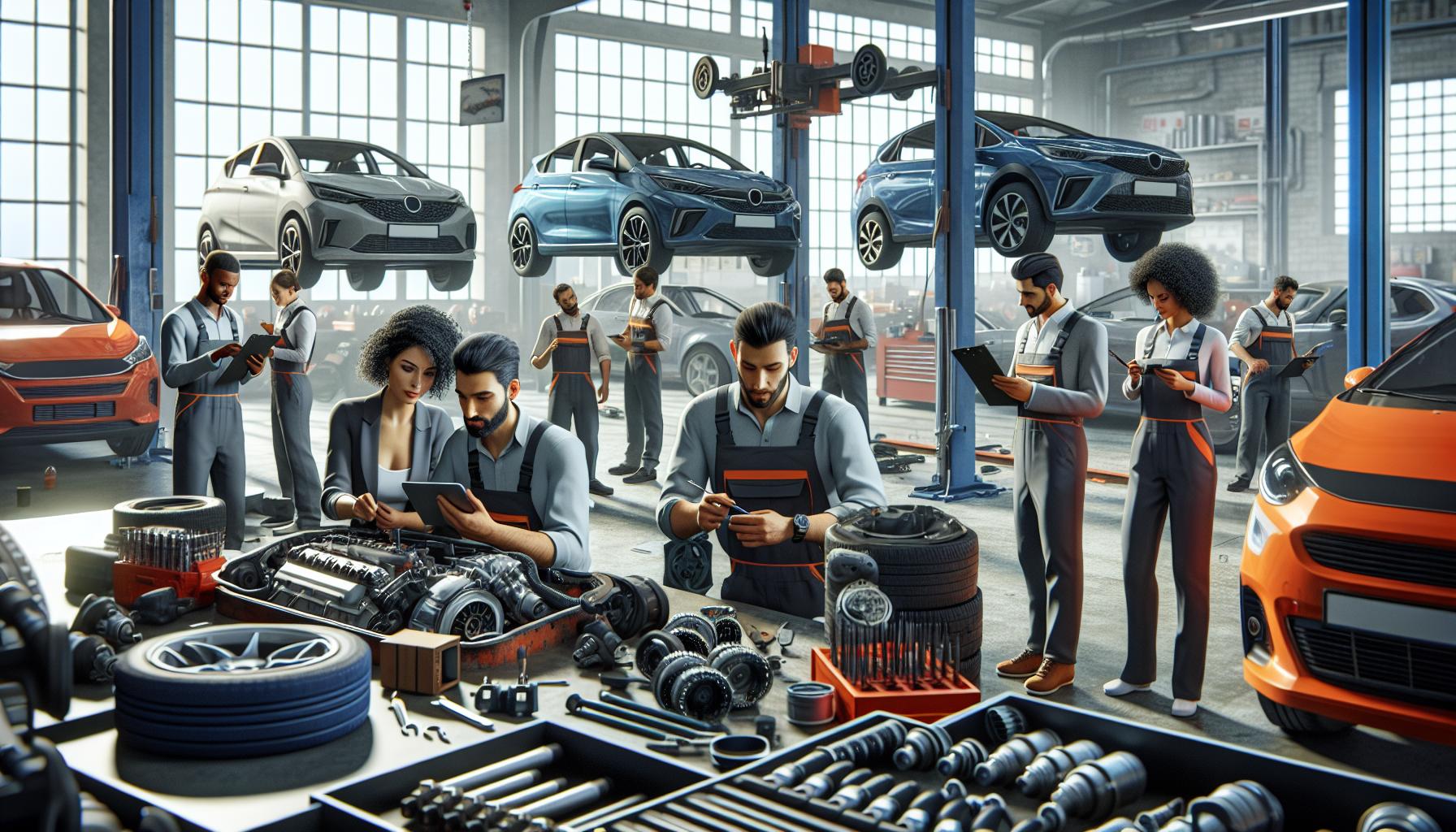
National Mechanics Day offers multiple opportunities to celebrate automotive technicians’ contributions through structured activities. I’ve identified key ways to participate in this celebration, focusing on education and recognition.
Educational Activities
- Host technical demonstrations at local repair shops featuring diagnostic tools for engine analysis, emissions testing equipment, or electric vehicle systems
- Organize hands-on workshops where experienced mechanics teach basic maintenance skills: oil changes, tire rotations, brake inspections
- Coordinate with vocational schools to offer 3-hour introduction classes in automotive technology
- Create virtual training sessions covering emerging technologies: hybrid systems, advanced driver assistance systems (ADAS), electric powertrains
- Partner with parts manufacturers for product education sessions highlighting new automotive components
- Set up interactive displays demonstrating the evolution of diagnostic tools from basic wrenches to advanced computer systems
- Present Excellence in Service awards to mechanics achieving ASE certifications in multiple specialties
- Launch social media campaigns highlighting success stories of local automotive technicians
- Create customer appreciation events where vehicle owners nominate outstanding mechanics
- Establish mentorship recognition programs pairing experienced technicians with apprentices
- Organize industry networking events connecting mechanics with automotive technology vendors
- Display technician achievements through digital billboards showing years of service milestones
- Implement customer feedback programs measuring mechanical expertise, problem-solving abilities quality of repairs
Career Opportunities in Mechanics
The automotive service industry offers diverse career paths with competitive salaries ranging from $45,000 to $100,000+ annually. I’ve identified specific training requirements and specialization areas that create multiple advancement opportunities in this growing field.
Training and Certification
ASE certification serves as the industry standard, requiring passing scores on specialized exams and 2 years of documented work experience. I’ve observed that mechanics need to complete:
- 6-month to 2-year technical training programs at accredited institutions
- 8 core ASE certifications for Master Technician status
- 40 hours of annual continuing education credits
- Manufacturer-specific training for dealership positions
- OSHA safety certifications for workplace compliance
| Certification Level | Average Completion Time | Starting Salary |
|---|---|---|
| Entry Level | 6 months | $35,000 |
| ASE Certified | 2 years | $45,000 |
| Master Technician | 5 years | $65,000 |
| Specialist | 7+ years | $85,000+ |
- Diagnostic Technology Specialist – focusing on computer systems diagnostics
- Electric Vehicle Technician – maintaining battery systems power management
- Diesel Engine Expert – servicing commercial transportation fleets
- Performance Tuning Specialist – optimizing vehicle performance metrics
- Alternative Fuel Systems Technician – working with hybrid propulsion systems
- Body Shop Technician – specializing in collision repair technologies
- Fleet Maintenance Manager – overseeing multiple vehicle maintenance programs
- Automotive Engineering Technician – developing new repair procedures
A Day for Automotive Technicians
National Mechanics Day stands as a powerful reminder of the dedication and expertise automotive technicians bring to our communities. As a long-time mechanic I’ve witnessed firsthand how this celebration has elevated our profession and spotlighted the critical role we play in keeping America moving.
This day isn’t just about recognition – it’s about inspiring the next generation of automotive professionals and showcasing the incredible opportunities in this dynamic field. I’m proud to be part of an industry that continues to evolve embrace new technologies and maintain the highest standards of service excellence.
Let’s keep celebrating the skilled hands and minds that keep our vehicles running safely and efficiently on America’s roads.

